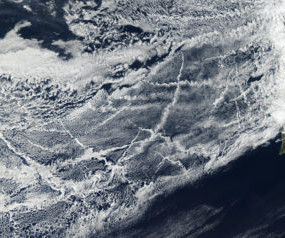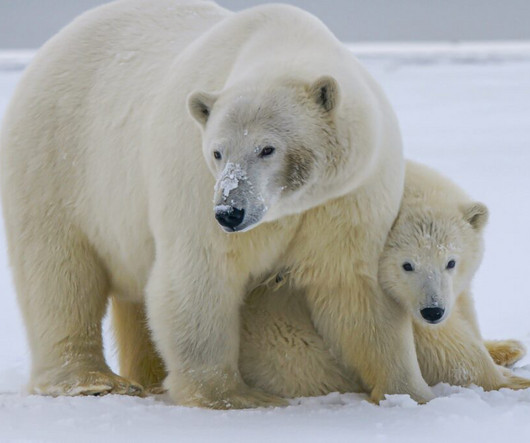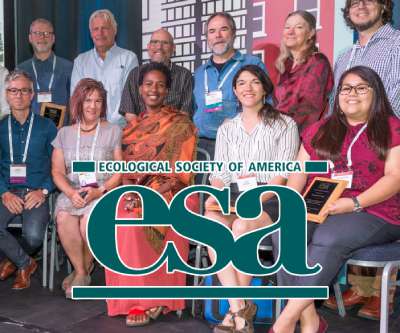Using Clouds to Fight Climate Change
HumanNature
APRIL 10, 2023
Student in the Department of Atmospheric Science at Colorado State University Most people remember the water cycle they learned in school: water evaporates from lakes, rivers, and the ocean, air carrying this moisture rises, cools, condenses, and forms clouds, and these clouds precipitate water back down to the surface.












Let's personalize your content